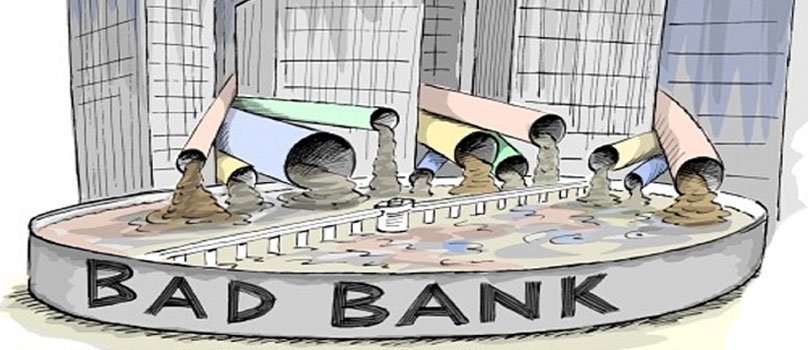Bad Bank
If a bank’s borrowers repeatedly default, the loans are classified as bad debts. And if these bad debts exceed manageable levels, an independent bank may need to be created to serve them together. This new bank is called Bad Bank. To address the growing problem of rising bad debts in the banking sector, the creation of the bad bank was announced. The latter will be tasked with acquiring bad debts from various banks worth Rs 2 lakh crore rupees.
After the bad debt is acquired, India Debt Resolution Company Ltd (IDRCL) sells the stressed assets on the market. Rs 30,600 crore has been assigned to be used as used as collateral.
Definition of Bad Bank
A bad bank is a legal entity that sells risky assets and ill-liquids that are held by financial institutions, banks or a group of banks. It was created to help banks clean up their balance sheets by rolling over their bad loans so that banks can focus on their core business of obtaining deposits and loans.
World’s First Bad Bank
The World’s First Bad Bank was founded in the year 1988 by the US-based Mellon Bank to conserve its assets. After this success, it became something of a phenomenon and the model was followed in various countries such as the Finland, Sweden, United States, Belgium and Indonesia.
India’s NPA problem
The NPA problem has been growing in India for some time and it remains elusive. A joint report released by Crisil and Assocham states that India’s NPA is going to rise further. The report also attributed the increase to smaller MSMEs and retail accounts, as companies have already redeemed a significant portion of their loans.
Definition of NPA
Non Performing Asset is a loan made by a bank that has not received any interest on the bank’s assets for tenure of more than 90 days period. In other words, if a bank has not received principal and interest payments on a particular loan for more than three months, that loan is considered an NPA.
If the NPA of a bank increases the loss of the bank increases, which in turn hampers the functioning and profit of a bank.


